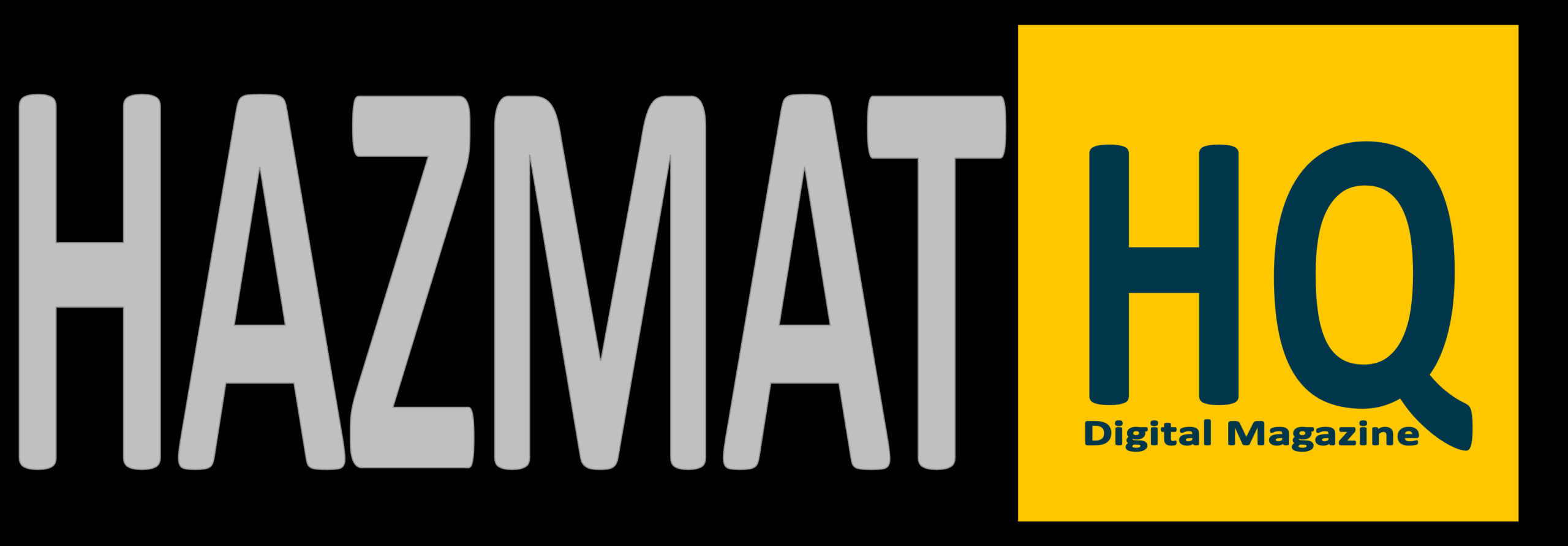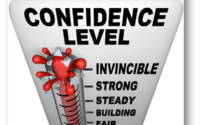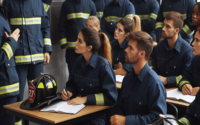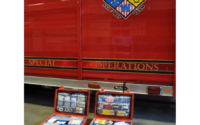Let’s Be Real
Kevin Ryan
The Florida Hazmat Symposium took place in Daytona Beach, FL in January of this year. The conference was first class with educational, social and competitive components during the four days it was held. I was fortunate to be a presenter for a two-hour class on Thursday of the conference. My presentation covers leadership, training but most importantly it’s all about the members you work and train with. The class is constantly evolving after each iteration I present. The biggest reason for this is because I learn from the hazmatters in attendance. One of my goals for the training is to allow me to become the student and expand my own learning. The best way to accomplish this is to start open conversations. The value of learning goes up when multiple ideas are shared amongst us.
In the two years of attending the Florida Hazmat Symposium, my learning and understanding of the greater world of hazmat has greatly increased. One of the most common themes in my presentation has to do with quality training. As I presented my program this year, it hit me all the sudden when I kept repeating the concept of quality training. Why is this not a discussion all its own? There is no replacement for quality training of any kind given the nature of the work we do. We have all heard the phrase “you can never train enough for a job that can kill you” or something similar that emphasizes training. Take a deeper look at the training you do. Is it realistic? Does this meet the needs of our team?

Training for hazmat responders needs relevance. To define quality training, let’s separate it into two categories. The categories would be foundational and continual training. Foundational type training is your basic hazmat tech program that certifies you to operate according to OSHA, NFPA. Basic hazmat training is the beginning of your journey in the world of hazmat response. Continual or re-certification training allow you to advance the skills you learned during foundational training. Members can even reach a specialist level depending on the needs of your team. In the Baltimore City FD (BCFD), hazmat continuing education training consists of weekly team training and opportunities to attend conferences or advanced training such as SERTC or CDP-Anniston. The definition of quality training for me would be relevant, timely and focused.

Now in keeping with the title of this article, let’s get real. The reality of training is that sometimes it is hard to make it realistic. How often do we get to do live chemical agent training? How much of your fire academy time did you spend in live fire scenarios? Decision making for officers present all new challenges. How can you introduce the stress of the situation? What tools can you use to try and mimic the stress? The first tool that comes to mind is competition. Creating a scenario that puts technicians head-to-head can introduce stress. Most of our members do not like to lose so competition creates internalized stress. One of my favorite PPE training scenarios is to have members square off in a game of Jenga. Technicians dress out in Level A or B to let the games begin!!! The players forget that they are building on their skill of operating in suits because they are focused on winning the game. We even added a twist to this and created a MAYDAY scenario during the game play. A RIT team on standby then had to remove the downed technician, move to decontaminate, and practice suit cut outs.
Peer pressure can be an effective tool to practice decision making skills. In his book “The Art of Clear Thinking”, Air Force F-35 pilot Hasard Lee describes the stand-up procedure used at the Air Force Academy during pilot training. The student stands in the center of the room with classmates lining up around the lone student. The instructor then gives the student a scenario and decisions to make. Initial scenarios given are typically easier and less complex. As training progresses, students are then given more difficult and complex training. Stand ups go a long way in determining whether the student gets to fly a cargo plane or a fighter jet for their career. The pressure to perform in these scenarios is extreme. Imagine yourself in this type of training with other highly competitive hazmatters. Peer pressure can truly make or break you. The participants learn to think critically and not just in a reactive fashion. The Air Force has an expression for when things start to spiral out of control. The expression “wind the clock” is taught to students. Aircraft that students would fly would always have an old analog clock that needed to be wound to tell the correct time. Anytime an emergency occurs, students were told to reach down and “wind the clock”. The simple act of doing this would prevent them from being reactive. The pilot would then be able to think in a more concise manner instead of a knee jerk reaction that probably makes the situation worse. The book relays another expression that is so true. “There is no situation that you encounter that you can’t make worse”. Basically, this means your problem is not as bad as you think it is. Take a breath and work the problem at hand.
There is no substitute for realistic training to prepare us for game day. The tools I have described are just a few options you have to make your training more effective. Creativity is needed to find ways to introduce reality. Wind the clock and Let’s Be Real!!!



